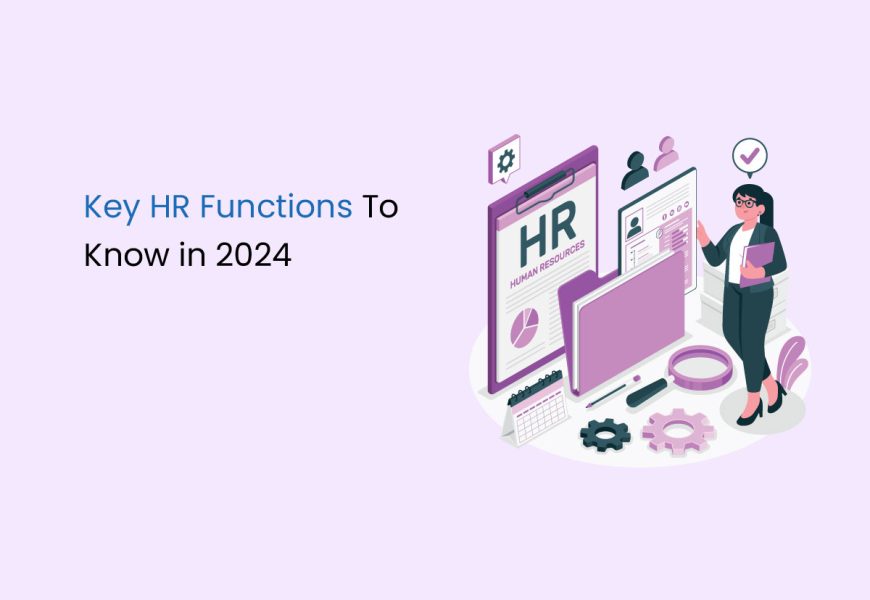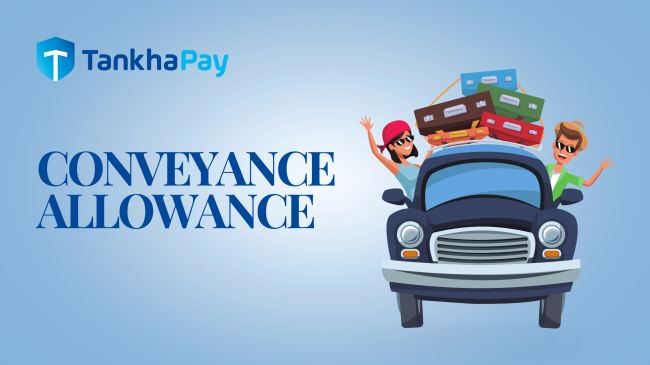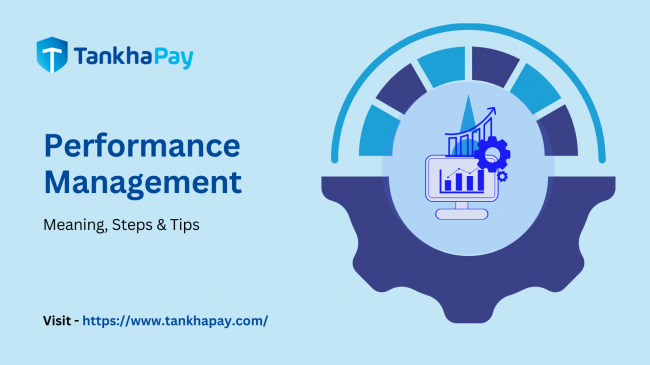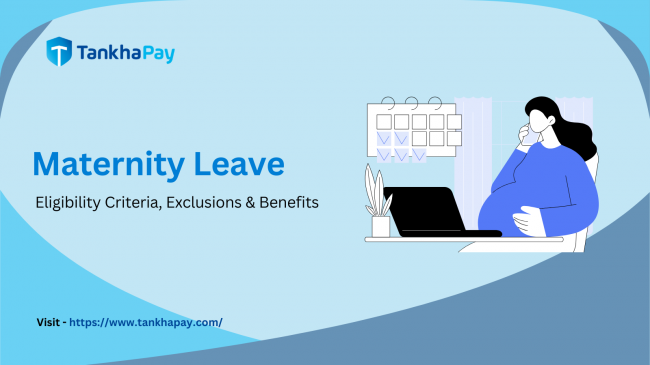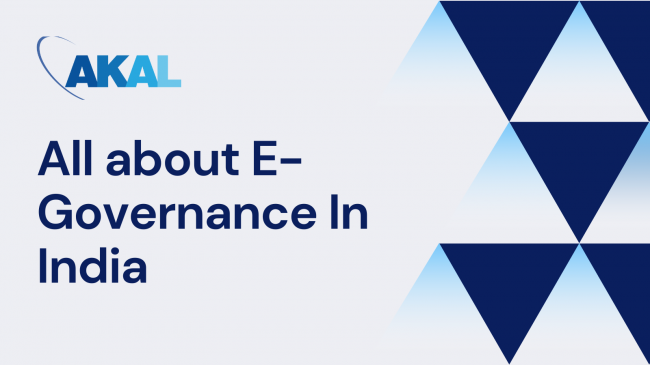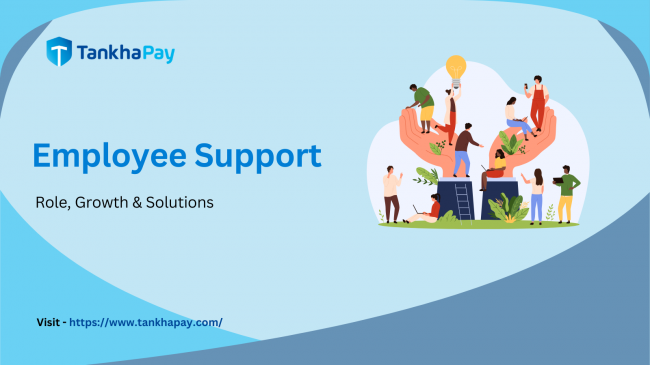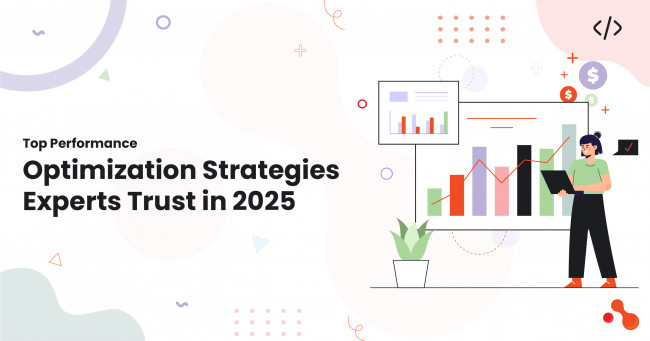Introduction to HR and Payroll Functions
HR and payroll functions are amongst the most important operating pillars of any company. With the expansion of businesses, human resource management and payroll become exponentially complex. HR sections manage recruitment, induction, attendance, performance management, and compliance, whereas payroll sees that workers get paid on the right amount and in due time, as per legislation and company policy.
Conventionaly, the functions used to be taken care of via isolated systems, spreadsheets, or even notebooks. But increased requirements for efficiency, compliance, and accuracy forced organizations to search for smarter ways—step forward HR and Payroll Software.
The latest cloud-based HR and payroll software intelligently integrates both processes, which in turn facilitates companies to consolidate activities, avoid mistakes, and increase employee engagement.
What Does "Integration" Really Mean?
When we discuss integration for HR and payroll, we mean the consolidation of workforce data handling systems and payroll processing into a unified platform. Instead of having separate tools for HR and one for payroll, integrated systems combine these for immediate data sharing and centralization.
Some important features of integration are:
Automatic synchronization of employee attendance and leave records with payroll processing.
Integrated dashboards for employee records, performance, payroll, and compliance.
Single sign-on and single point of access for HR and finance teams.
Single database to track all employee lifecycle events from onboarding to exit.
This integrated method avoids data silos and keeps the same consistent, accurate information flowing throughout departments.
Challenges of Using Separate Systems
Companies that use disparate systems for HR and payroll tend to face a number of operational hiccups, particularly as they grow. These are some of the most frequent issues:
Manual Data Entry and Duplication
Different systems tend to necessitate duplicate data entry, which leads to increased workload and the likelihood of human error.
Delayed Payroll Processing
If HR information such as attendance, leave, or bonuses is not automatically synced, payroll runs get delayed, eroding employee trust.
Inconsistent Compliance
With disparate systems, it's more difficult to validate accurate deductions and filings, and the risk of legal penalties rises.
Limited Reporting Capabilities
Disparate systems can complicate consolidated reporting and make it time-consuming, impacting decision-making.
Scalability Issues
As organizations expand, dealing with multiple systems is costly and inefficient.
These issues highlight the importance of an integrated solution, particularly for expanding businesses in fast-changing markets such as India.
Benefits of Unified Platforms
An integrated Payroll and HR Software is not merely a convenience—it's an enabler of growth. Here's how single-platform solutions help growing businesses:
Efficiency Through Automation
Attendance, leave, and overtime information feed directly into payroll, calculating automatically and shortening processing time.
Accurate and Timely Payroll
Prevents errors and ensures accurate and timely payment to employees every cycle.
Regulatory Compliance
India cloud-based HR and payroll software is programmed to remain current with evolving tax regulations, EPF, ESI, and labor codes, keeping businesses compliant.
Enhanced Data Security
Cloud infrastructure includes sophisticated encryption, access controls, and automatic backups to safeguard sensitive HR and payroll data.
Employee Self-Service
Employees can view payslips, tax certificates, leave balances, and more through a single portal or mobile app, minimizing HR workload.
Enhanced Reporting and Analytics
Gain real-time insights into workforce expenses, attrition, and tax obligations with real-time dashboards.
Cost Savings
System-level integration saves overheads by avoiding the use of multiple licenses for software and decreasing manual errors.
Scalability and Flexibility
Cloud-based HR and Payroll Software adjusts according to fluctuating workforce numbers, several sites, and differing pay structures.
Enhanced Collaboration Across Departments
HR, finance, and compliance teams can collaborate based on the same data source, enhancing accuracy and decision-making.
Examples of Real-World Implementation
Let us see how integrated systems are assisting companies in India.
Startup to Scale-Up: TechEdge Pvt. Ltd.
A Bangalore-headquartered technology startup with 20 staff used a simple HR and payroll system. When they scaled up to 200 staff in three cities, manual practices and fragmented tools proved unsustainable. They switched to cloud-based HR and payroll software which combined leave, attendance, and payroll. Payoff? Processing time for payroll was reduced by 60%, and employee engagement increased greatly owing to transparent payslip access and quicker reimbursements.
Manufacturing SME: Sarthak Industries
Based in the industrial corridor of Gujarat, Sarthak Industries had problems with compliance and multi-shift pay roll calculations. With a shift to an integrated solution, they mechanized statutory compliance (EPF, TDS, ESI), controlled shift-based salary structures effectively, and escaped legal fines due to real-time audit trails.
Retail Chain: UrbanMart
Having more than 50 outlets in India, UrbanMart encountered payroll variability caused by differences in regional HR practices. Implementing a centralised HR and payroll software India solution enabled a harmonisation of policies, calculation of regional tax and generation of store-wise costs reports, all leading to effective planning of resources.
These scenarios highlight the new wave of organizations in various sectors embracing integration in a bid to become more productive and accurate.
Why Cloud-Based Is the Future of HR and Payroll
Cloud adoption is no longer optional for growth-oriented businesses. Here’s why:
Remote Work Compatibility: Cloud platforms enable anytime, anywhere access, ideal for hybrid and remote workforces.
Real-Time Updates: Automatic updates ensure you're always using the latest features and compliant with new laws.
No IT Maintenance: Vendors handle hosting, updates, and data security, so you focus on core HR tasks.
Fast Deployment: Cloud-based solutions can go live in days, not months.
Mobile Accessibility: Secure mobile apps for HR and payroll on the move enhance employee engagement.
For companies that want to grow efficiently, investing in the top HR and payroll software in India that is cloud-ready is a strategic decision.
Conclusion
As your business grows, so does the complexity of managing people and payroll. Disconnected systems not only waste time and money but can also jeopardize compliance and employee satisfaction. An integrated, cloud-based HR and payroll software offers a single source of truth, automates routine tasks, enhances collaboration, and helps your business stay compliant and agile.
Whether you're a startup, SME, or multi-location business, investing in a single solution is no longer a luxury—it's a necessity. Select the best HR and payroll software in India that suits your business requirements today and can scale with you tomorrow.
Ready to make the transition? Simplify your HR and payroll processes with a smart, integrated solution and position your business for scalable success.

